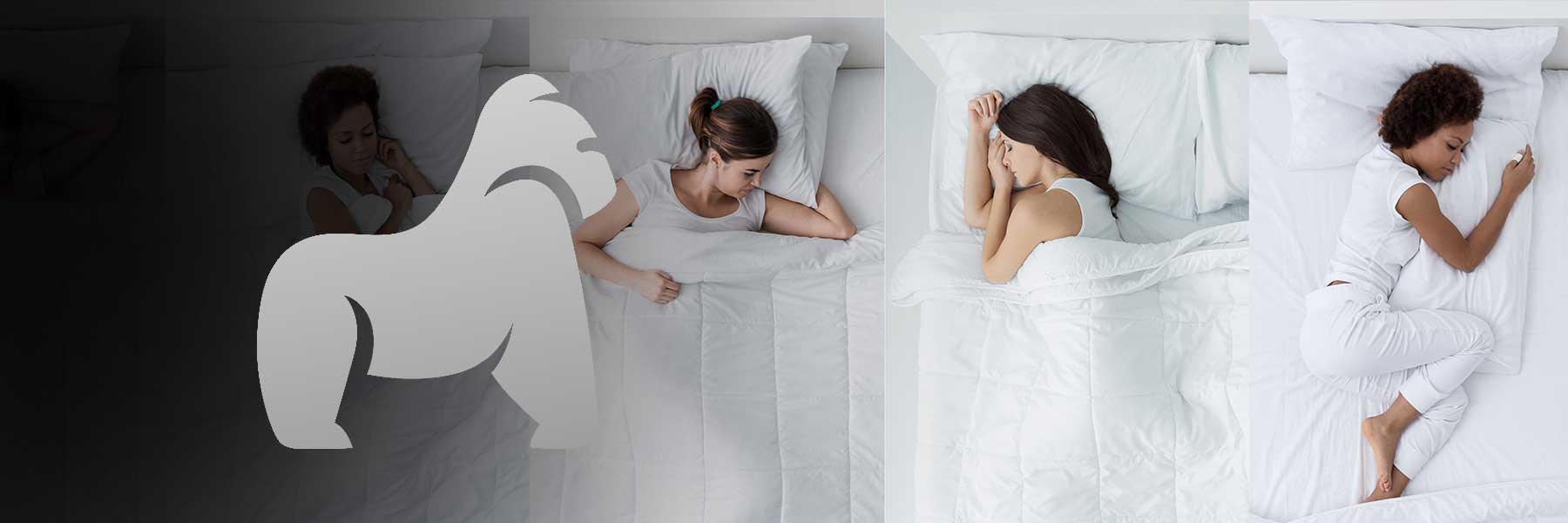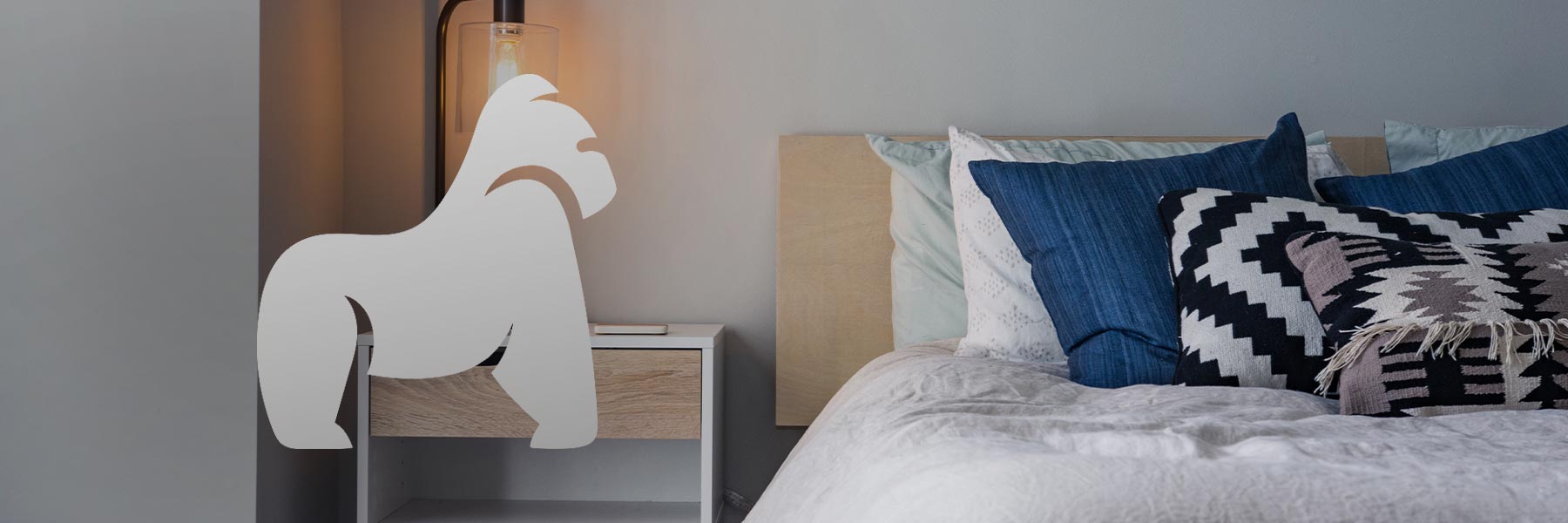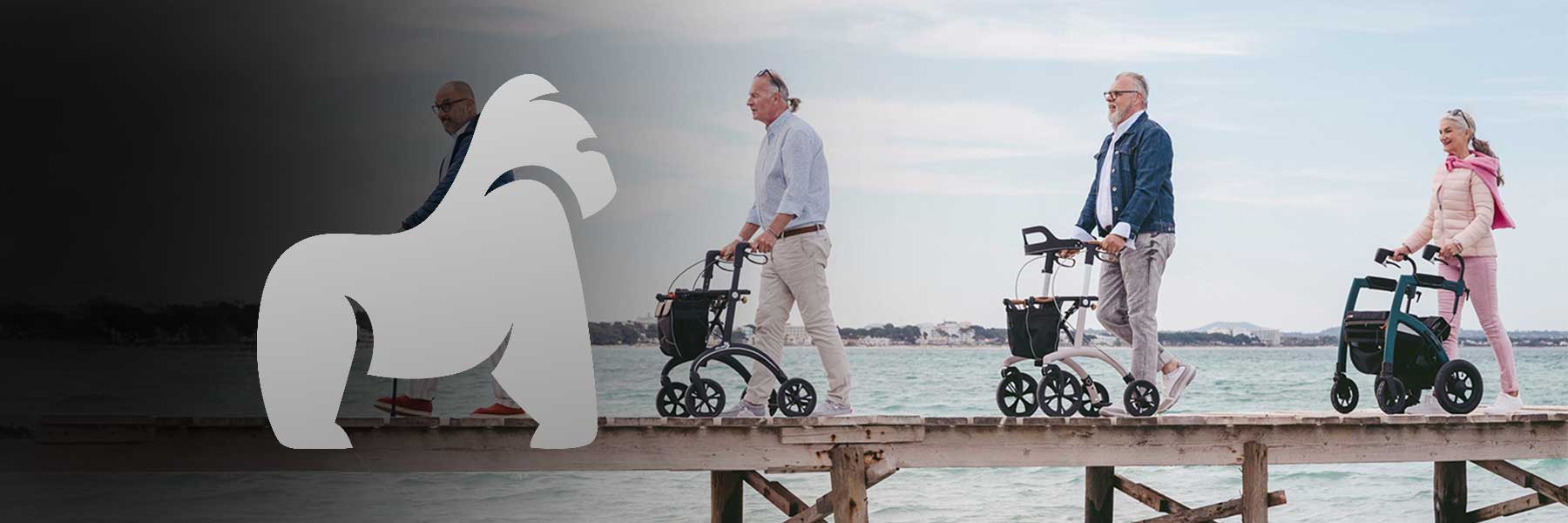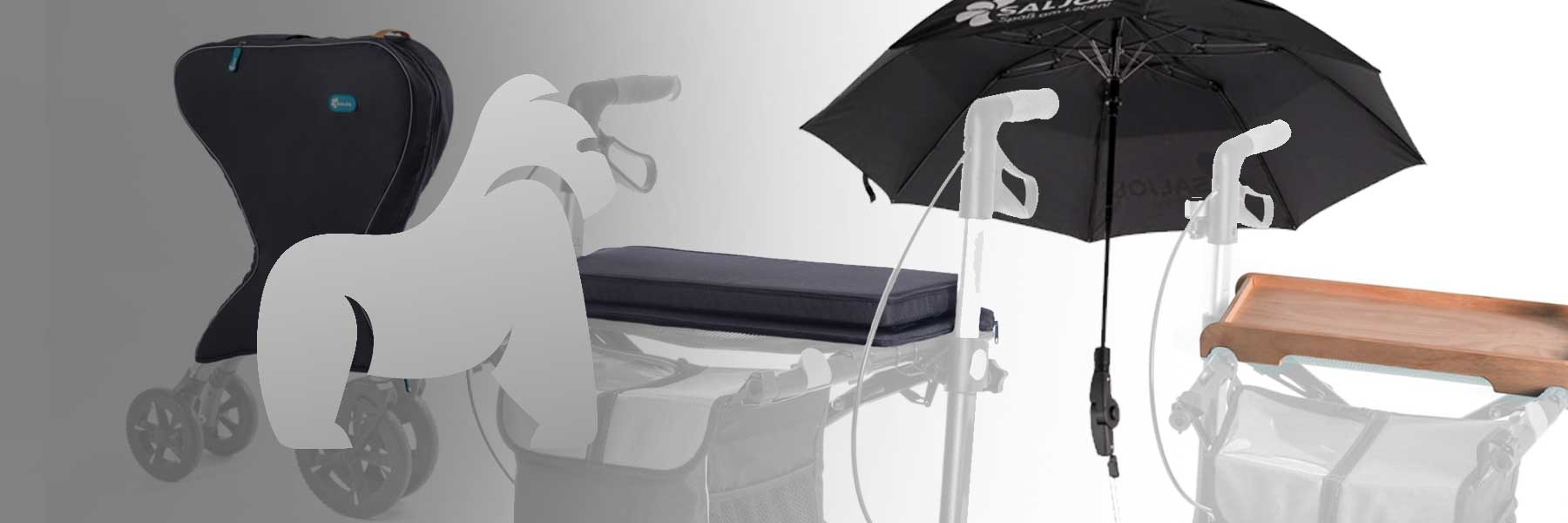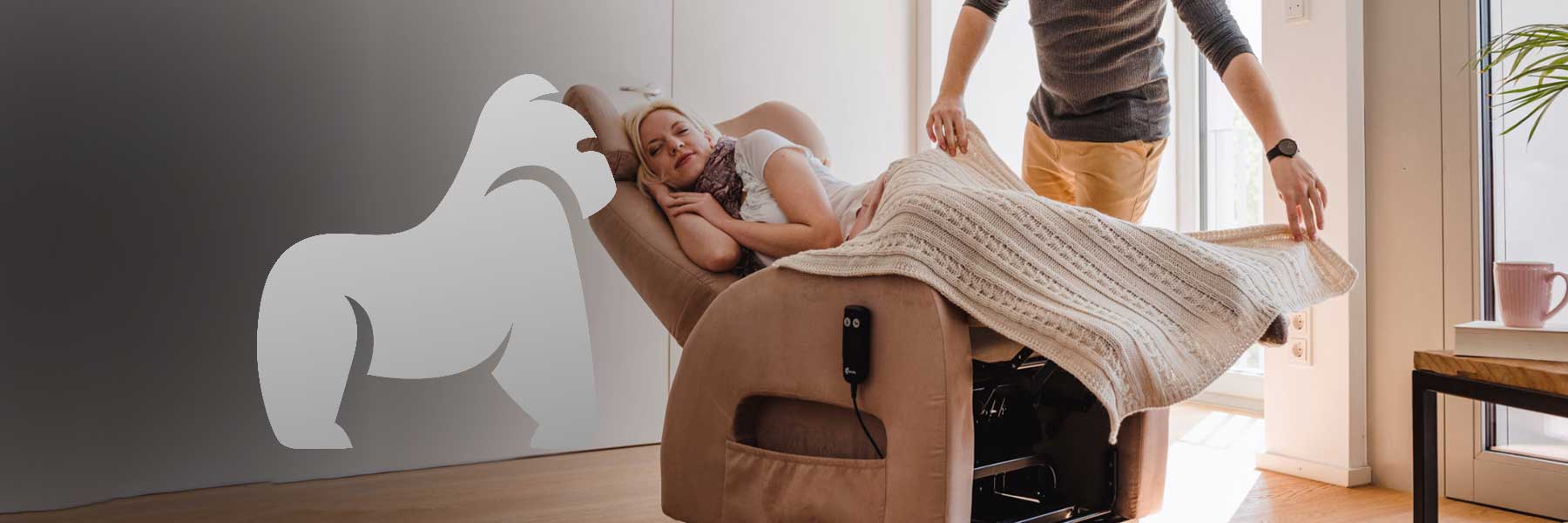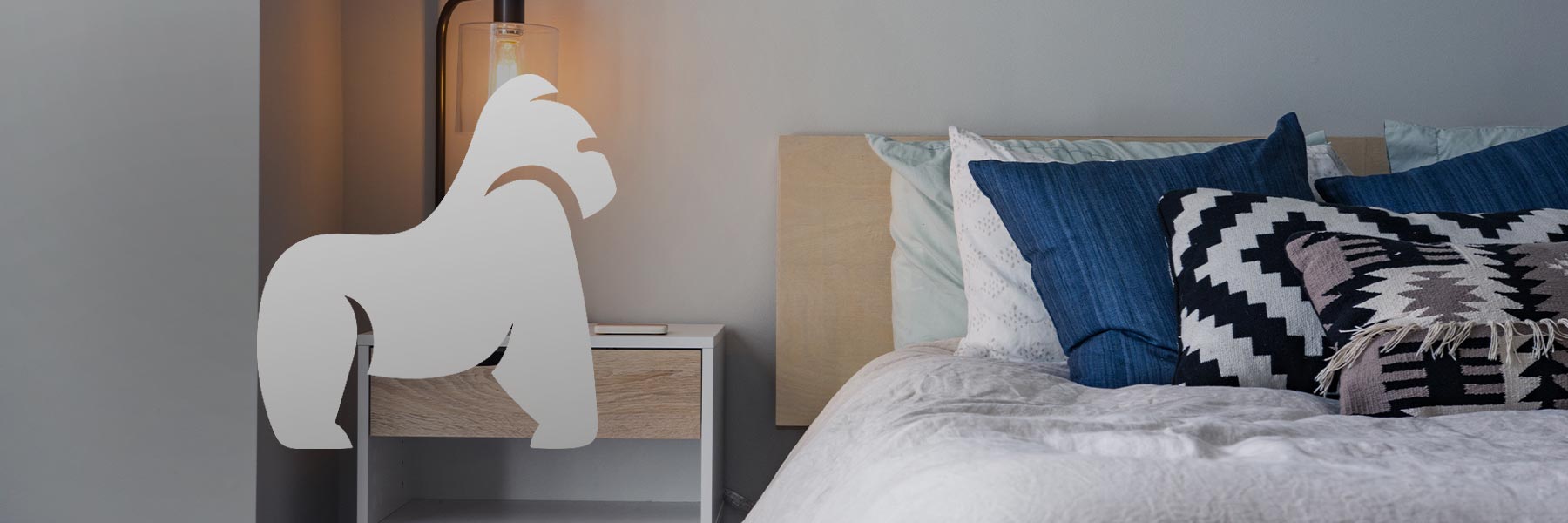Source: Forbes Health
Author: Elaine Shelly
Table of Contents
- What is a walking aid?
- Types of walking aids
- What should you look for in a walking aid?
- How much do walking aids cost?
Maybe you have fallen once or twice, or a parent is hesitant to leave the house to do things they enjoy because walking has become difficult. Then it might be time to consider a walking aid.
What is a walking aid?
A walking aid is a device that helps people who have difficulty with balance or stability. A walking aid can also help those recovering from orthopedic surgery who cannot bear full weight on one or both legs. Walking aids provide more support than a single cane because they often have more contact points with the ground, offer support on both sides of the body, and are propelled with both hands.
Anyone who has difficulty with balance should consult a movement specialist, such as a physical therapist, who is trained to assess gait difficulties and recommend the best aid based on the person's specific walking ability, balance, strength, endurance, and height, says Taylor Galmarini, a physical therapist in Atlanta.
She sees many seniors struggling with walking aids that they or their family members have purchased without consulting a professional. It is important to learn the correct techniques for safe walking with a walking aid. Buying a poorly fitting or unsuitable walking aid for the user can cause more problems than it solves, as wrists and shoulders become overly strained, she adds.
Types of walking aids
There are three main types of walking aids: standard walking aids, walking aids with wheels, and Rollator Walkers.
Standard walking aids
A standard walking aid is the most well-known type of walking aid and is usually used in medical or rehabilitation facilities. It typically consists of silver metal and has gray handles on each side. The standard walking aid has no wheels; instead, it must be lifted and moved forward with each step. Therefore, this type of walking aid generally requires more energy. In a Canadian study comparing standard walking aids with Rollator Walkers, researchers found that participants with standard walking aids could not walk as far as those with Rollator Walkers because they had to expend more energy.
Buy now: Available at Amazon
Walking aids on wheels
A walking aid with wheels or a Rollator Walker is a regular walking aid with wheels. Some Rollator Walkers have only two wheels at the front, while others have four wheels. Rollator Walkers with two wheels usually have two tennis balls or glides attached at the bottom of the rear legs to allow smooth movement. Most wheels of a Rollator Walker roll only forward or backward, with the front wheels running in only one direction. If the user needs to move sideways or turn around, the Rollator Walker must be lifted to enable these movements.
Buy now: Available at Amazon
Rollator Walkers
A Rollator Walker is a type of walking aid that can be equipped with three or four wheels. Some Rollator Walkers have omnidirectional wheels (i.e., they roll in all directions), allowing users to easily turn around or move sideways without having to lift the device. Rollator Walkers also come with seats, an important relief for people who tire quickly. Some users prefer Rollator Walkers over Rollator Walkers with wheels because Rollator Walkers, which are available in various colors and designs, carry less stigma.
Buy now: Available at Amazon or Gorilla Gesund
Adjustment of walking aids
For potential users of walking aids who have additional health problems, there are customization options for walking aids. For example, a stroke survivor may need extra support due to general weakness or weakened hands and arms to stand upright or control the walking aid. For such cases, frames can be attached to the walking aid to support the elbows and arms and keep the body upright. A physiotherapist can help find the best adjustment of the walking aid if needed.
What to look for in a walking aid
Before selecting a walking aid, you should clarify your needs and goals. Will you only use the walking aid temporarily? Do you have other medical issues in addition to your walking problems, such as fatigue? Do you have weaknesses in your hands or upper body? All these considerations play a role in deciding whether you need a standard walking aid or one with wheels, and whether a walking aid with wheels or a Rollator Walker is best suited for you.
Height
Most walking aids are height-adjustable. According to Galmarini, the optimal height of a walking aid corresponds to the distance between the user's wrists and the floor when the user stands between the two rear legs of the walking aid. When the handles are flush with the user's wrists, the arms can be naturally extended, avoiding poor posture and strain on the wrists, shoulders, and even the back during use of the walking aid. In general, a walking aid can be adjusted to fit people with a height between 1.80 m and 1.80 m. For people who do not fall within this height range, there are petite and large walking aids. For people who need a wider walking aid, there are also bariatric walking aids.
Weight
The weight of walking aids also varies. A Rollator Walker is generally heavier than a normal walking aid. Weight becomes a factor when the walking aid is used independently for activities such as getting in and out of cars or maneuvering the walking aid over curbs or steps. It is important that the Rollator Walker can be used safely and does not create tripping hazards.
Brakes
Brakes are usually only found on Rollator Walkers. The brakes can be an important feature as they allow the user to control their walking speed on inclines and lock the Rollator Walker when they need to sit on it. The position and configuration of the brakes are an important factor when choosing the best Rollator Walker for your needs. For example, some Rollator Walkers have large, tight-fitting brakes that can be challenging for small or weak hands. Newer models of Rollator Walkers have internal brake cables, while some older models have external cables, which poses a potential fall risk for people with more severe balance problems.
Regular maintenance and inspection
Accessories such as rubber tips, attached tennis balls, slides, handles, brakes, screws, and joints that connect the various parts of a Rollator Walker can loosen or wear out over time with daily use, becoming a risk factor for falls. A regular check of these accessories every two to three months is recommended.
How much do walking aids cost?
There is a wide price range for walking aids. The price for a normal walking aid starts at 30 euros, but a Rollator Walker can cost up to 1,000 euros.
Does the insurance cover the costs for a walking aid?
Private insurances cover the costs of a walking aid fully or partially, with some exceptions. Some private insurances only cover the costs for a normal walking aid, but not for Rollator Walkers. Others cover the costs for a Rollator Walker if a physiotherapist or doctor can prove why the Rollator Walker is medically necessary. It is best to inquire with your insurance about the coverage applicable to you before purchasing a Rollator Walker.
People who need Rollator Walkers that are not covered by insurance should not be discouraged by the price, says Galmarini. There are grants, scholarships, and donations for used devices. Additionally, therapy clinics can assist patients in finding resources to obtain necessary medical equipment.
Most insurances only pay for mobility aids every two or three years. If it is likely that you will need a more expensive mobility aid in the near future, it might be best to purchase a walking aid with financial support or out of pocket.





